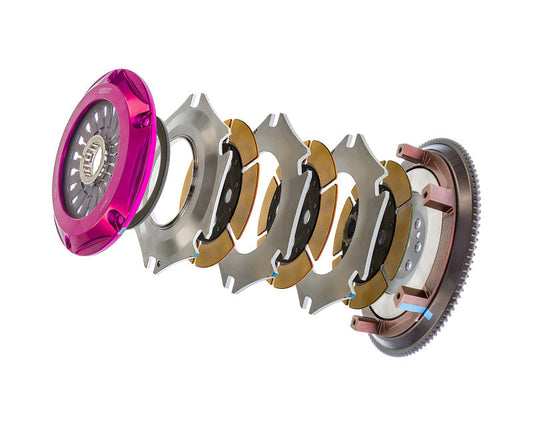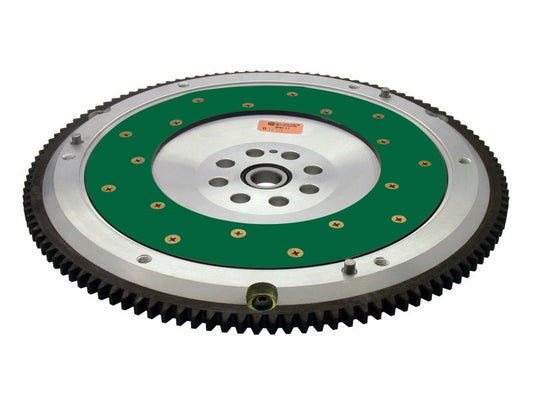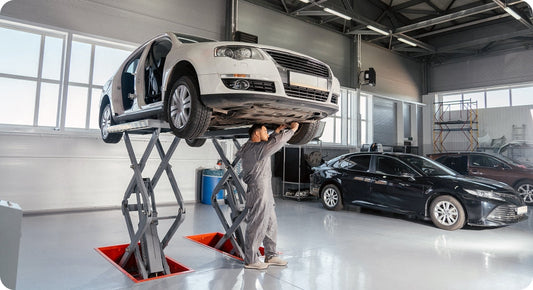Installing aftermarket suspension systems is one of the best ways to upgrade your vehicle’s handling, ride quality, and stance. Whether you’ve added coilovers, adjustable shocks, sway bars, or control arms, keeping these components in peak condition requires proper care and routine maintenance. Neglecting your suspension can lead to premature wear, poor handling, and costly replacements. Contact WOT Performance Parts today for more information.
At WOT Performance Parts, we not only provide high-quality suspension upgrades but also the tools and knowledge to help you get the most out of them long-term.
Why Suspension Maintenance Matters
Your aftermarket suspension system endures stress from bumps, cornering, braking, and acceleration, especially if you track your car or drive aggressively. Proper maintenance:
- Extends component life
- Improves handling and ride quality
- Prevents uneven tire wear
- Protects your investment
Let’s walk through the best ways to keep your suspension running smoothly and safely.
Key Components To Monitor
Before diving into the maintenance routine, make sure you know which components make up your aftermarket suspension system. These may include:
- Coilovers or performance struts
- Adjustable shocks and dampers
- Lowering springs
- Control arms
- Bushings and ball joints
- Sway bars and end links
- Camber plates and toe arms
Each part has specific needs to stay in top shape.
Maintenance Tips For Aftermarket Suspension Systems
1. Inspect The Suspension Regularly
Get into the habit of inspecting your aftermarket suspension system every few months or every 3,000–5,000 miles, especially if you drive hard or off-road. Look for:
- Leaking shocks or coilovers
- Cracked or worn bushings
- Loose bolts or mounting hardware
- Damaged or rusted components
- Uneven tire wear patterns
Early detection can prevent more serious issues down the line.
2. Clean Coilovers And Shocks
Coilovers and shocks are vulnerable to dirt, road grime, and corrosion, especially the threads and adjustment collars. To clean:
- Use a soft brush and mild soap to remove buildup.
- Avoid harsh chemicals that can damage seals or paint.
- Apply a coilover lubricant or anti-seize to keep threads moving freely.
Tip: Consider using shock socks or coilover covers to protect from debris.
3. Tighten Suspension Hardware
Suspension components endure a lot of movement and vibration, which can loosen bolts and nuts over time.
- Use a torque wrench to re-tighten key components to the manufacturer's specs.
- Check mounting brackets, sway bar links, camber plates, and end links.
- Re-torque after long road trips, track days, or rough terrain use.
4. Lubricate Bushings And Joints
Polyurethane and spherical bushings offer better performance than rubber, but they need regular lubrication to prevent squeaking and premature wear.
- Use bushing grease or lithium-based lubricant for polyurethane parts.
- Inspect and grease ball joints, tie rods, and end links if applicable.
5. Monitor Ride Height And Corner Balance
For adjustable coilovers, it’s important to check that the ride height remains consistent over time.
- Use a measuring tape or digital ride height tool to monitor all four corners.
- If your car feels imbalanced or pulls in one direction, a corner balance service may be needed.
Ride height changes may occur due to spring settling, aggressive driving, or weight distribution.
6. Check Alignment After Adjustments
Any time you:
- Change your ride height
- Adjust camber or toe
- Replace suspension components
You should always get a professional alignment. Poor alignment can cause:
- Uneven tire wear
- Poor steering response
- Increased suspension stress
Investing in alignment after adjustments saves you money in the long run.

7. Replace Worn Components Promptly
No matter how high-end your aftermarket suspension system is, parts wear out over time. Replace any worn or damaged parts as soon as possible to avoid domino effects on the rest of your suspension.
- Replace leaking shocks or blown struts.
-
Upgrade old bushings to performance-grade replacements.
- Swap tired springs if sagging occurs.
8. Seasonal Maintenance For Harsh Climates
If you drive in winter or coastal environments, your suspension is at risk of corrosion from road salt and moisture.
- Rinse your undercarriage regularly.
- Inspect for rust on coilovers and control arms.
- Apply a rust inhibitor or anti-corrosion spray to exposed metal.
Bonus Tip: Keep A Suspension Log
Track all your suspension adjustments and maintenance dates. Not only does this help you stay on top of servicing, but it also provides useful insights when dialing in your setup for performance.
Get The Best Suspension Components At WOT Performance Parts
At WOT Performance Parts, we carry a full line of aftermarket suspension systems, including coilovers, camber kits, sway bars, and control arms from trusted brands. Whether you're building a track car, off-road rig, or daily driver, we’ve got everything you need to upgrade and maintain your suspension for peak performance.






